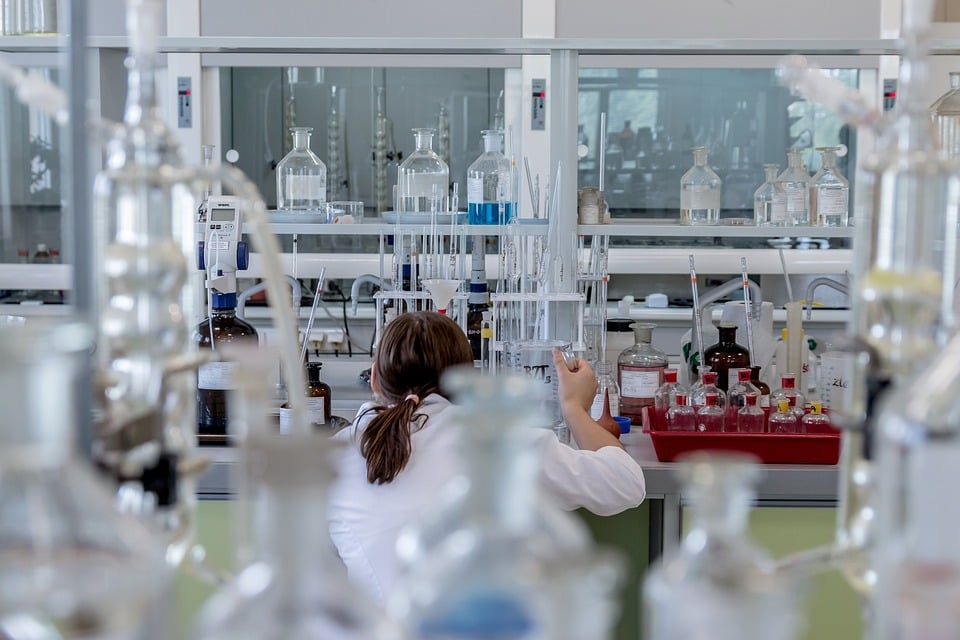
CAMBRIDGE, MA — In a groundbreaking development, researchers at the Massachusetts Institute of Technology (MIT) have leveraged artificial intelligence to design novel antibiotics capable of tackling two formidable infections: drug-resistant Neisseria gonorrhoeae and multi-drug-resistant Staphylococcus aureus (MRSA). This advancement marks a significant step forward in the fight against antibiotic resistance, a growing global health crisis.
Utilizing generative AI algorithms, the MIT team crafted over 36 million potential compounds, which were then computationally screened for their antimicrobial properties. The top candidates emerged as structurally unique from any existing antibiotics and appear to function via novel mechanisms that disrupt bacterial cell membranes.
Revolutionizing Antibiotic Discovery
The announcement comes as antibiotic resistance continues to pose a severe threat to global health, with drug-resistant bacterial infections causing nearly 5 million deaths annually worldwide. Traditional methods have seen limited success, with only a few dozen new antibiotics approved by the FDA over the past 45 years, most of which are variations of existing drugs.
James Collins, the Termeer Professor of Medical Engineering and Science at MIT, emphasized the transformative potential of this research. “We’re excited about the new possibilities that this project opens up for antibiotics development. Our work shows the power of AI from a drug design standpoint, and enables us to exploit much larger chemical spaces that were previously inaccessible,” Collins stated.
“Our goal was to uncover novel mechanisms of action by venturing into underexplored areas of chemical space,” said Aarti Krishnan, MIT postdoc and lead author of the study.
Exploring New Chemical Frontiers
This development follows the efforts of MIT’s Antibiotics-AI Project, which has previously identified promising drug candidates such as halicin and abaucin by screening extensive libraries of existing chemical compounds. However, the latest study pushes the boundaries further by exploring molecules that do not exist in any chemical libraries.
In their innovative study, researchers employed two distinct approaches. First, they directed AI algorithms to design molecules based on specific chemical fragments known for antimicrobial activity. Secondly, they allowed the algorithms to freely generate molecules without predefined fragments, expanding the potential chemical landscape.
Fragment-Based Approach
The fragment-based strategy targeted N. gonorrhoeae, a Gram-negative bacterium responsible for gonorrhea. Researchers compiled a library of approximately 45 million chemical fragments, which were then screened using machine-learning models trained to predict antibacterial activity. This process narrowed the pool to about 1 million candidates, ultimately leading to the identification of a promising fragment named F1.
Using F1 as a foundation, two generative AI algorithms—chemically reasonable mutations (CReM) and fragment-based variational autoencoder (F-VAE)—produced around 7 million candidates. After further screening, 80 compounds were selected for synthesis, with one, named NG1, demonstrating significant efficacy against drug-resistant N. gonorrhoeae in both laboratory and animal models.
NG1 interacts with a protein called LptA, a novel drug target involved in bacterial membrane synthesis, suggesting a unique mechanism of action.
Unconstrained Design for MRSA
Meanwhile, a second set of experiments explored the potential of AI in designing molecules targeting Gram-positive bacteria, specifically S. aureus. By employing CReM and VAE without constraints, researchers generated over 29 million compounds, eventually narrowing them down to 90 candidates. Of these, 22 were synthesized and tested, with six showing strong antibacterial activity against MRSA.
The leading candidate, DN1, successfully cleared a methicillin-resistant S. aureus skin infection in a mouse model, showcasing the potential of AI-driven antibiotic discovery to address resistant strains.
Looking Ahead: Implications and Future Directions
The move represents a significant leap forward in antibiotic research, with Phare Bio, a nonprofit organization within the Antibiotics-AI Project, now working to further refine NG1 and DN1 for additional testing. “In collaboration with Phare Bio, we are exploring analogs and advancing the best candidates preclinically through medicinal chemistry work,” Collins noted.
As the threat of antibiotic resistance looms large, the implications of this research are profound. By harnessing AI, researchers can explore vast chemical spaces previously inaccessible, potentially leading to the discovery of novel antibiotics with unique mechanisms of action. This approach not only addresses the immediate need for new antibiotics but also sets a precedent for future drug discovery efforts.
Looking forward, the MIT team plans to apply their AI-driven platforms to other bacterial pathogens of interest, including Mycobacterium tuberculosis and Pseudomonas aeruginosa, further expanding the horizons of antibiotic development.







